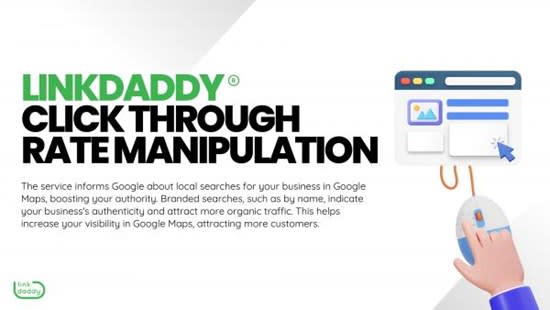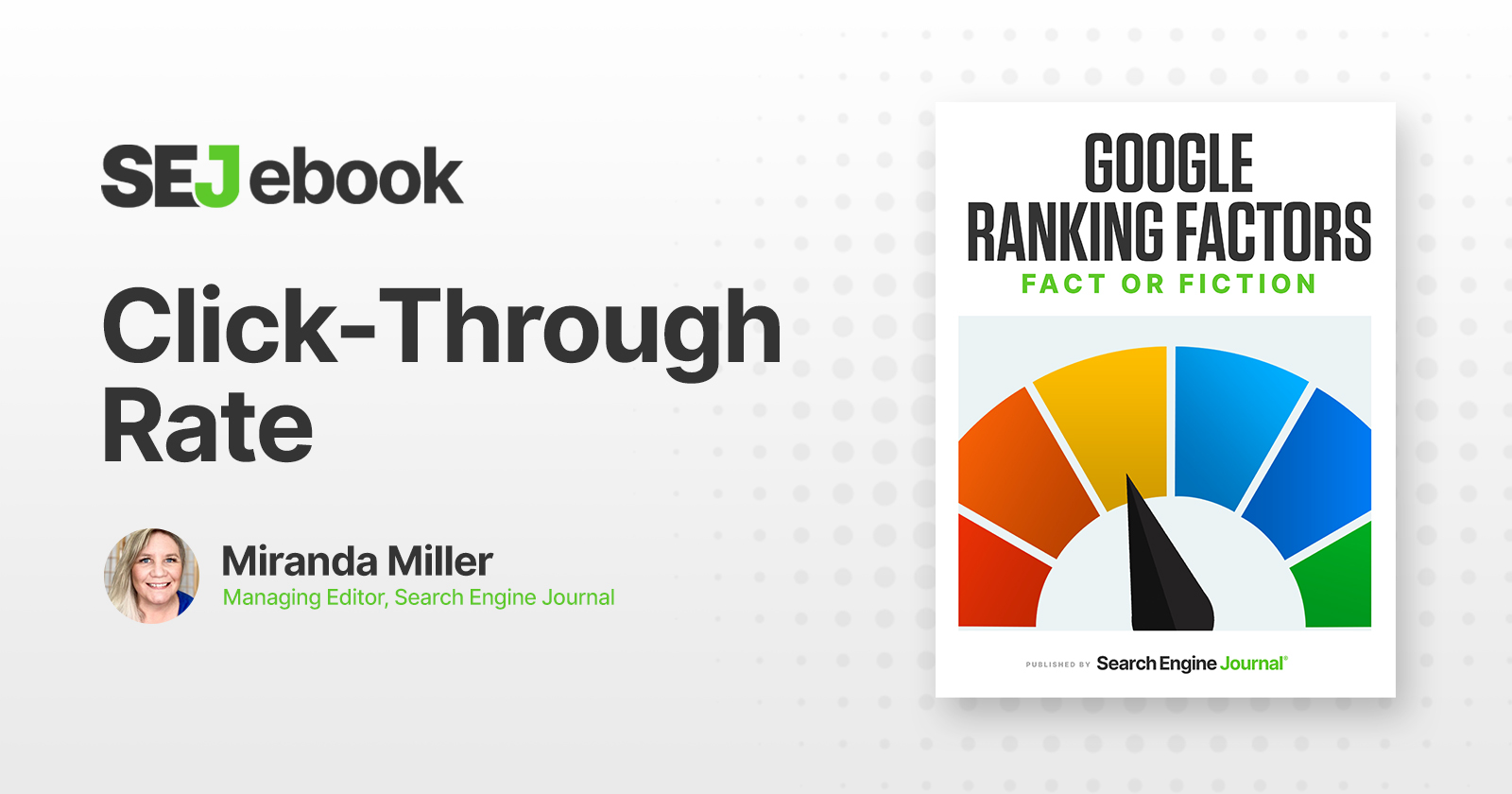The Ultimate Overview to CTR Manipulation: Techniques for Improving Online Search Engine Presence
In the ever-evolving landscape of search engine optimization, understanding the art of click-through price (CTR) adjustment has ended up being progressively vital for companies striving to enhance their on-line exposure. As search engines proceed to prioritize user interaction metrics, comprehending just how to purposefully affect CTR can significantly impact a site's efficiency in search outcomes.
Understanding CTR and Its Impact

A high CTR indicates that a significant part of customers find the web link appropriate and engaging, which can bring about improved rankings on internet search engine. On the various other hand, a low CTR might indicate that the web link is not resonating with customers, possibly causing a decline in positions. Comprehending CTR trends and patterns can offer important insights into individual habits, preferences, and the performance of various advertising approaches.
Fundamentally, tracking and assessing CTR information is important for optimizing online search engine visibility and establishing reliable digital advertising and marketing campaigns (ctr manipulation). By leveraging this metric, services can adjust their strategies to attract more clicks, improve customer engagement, and ultimately boost their online presence
Optimizing Meta Identifies for Higher Click-Through Rates
With a keen concentrate on boosting online search engine presence via strategic optimization methods, one crucial aspect exists in the thorough crafting of meta tags to raise click-through prices efficiently. Meta tags, including the meta title and meta description, play a critical duty in forming just how a web site appears in internet search engine results. Optimizing these tags entails integrating pertinent keywords that accurately mirror the web content of the web page while likewise attracting individuals' search intent.
The meta summary serves as a quick recap that lures customers to click through by offering a look of what they can expect on the web page. By very carefully crafting meta tags, internet sites can increase their exposure in search outcomes and draw in even more natural traffic.
Crafting Compelling Title Tags and Meta Descriptions

When crafting title tags and meta summaries, it is very important to remember the customer's intent and ensure that the language utilized is pertinent and engaging to their search query. By maximizing these elements, sites can boost their click-through prices and ultimately improve their internet search engine exposure. Furthermore, routinely keeping an eye on and evaluating different variations of title tags and meta descriptions can aid identify which ones are most effective in driving website traffic to the site.
Leveraging Schema Markup for Boosted Visibility
To enhance an internet site's exposure and boost its performance in online search engine results, leveraging schema markup can be address a strategic and reliable strategy. Schema markup is a type of microdata that can be included to a webpage's HTML to give search engines with even more comprehensive info about the material on that particular page. By integrating schema markup, web sites can enhance the way their listings show up in internet search engine results, making them a lot more visually attractive and informative to customers.
One considerable benefit of utilizing schema markup is that it can raise the possibility of abundant click to find out more snippets being shown together with a web site's search engine result. Rich bits are added pieces of details, such as star ratings, item rates, or event dates, that can make a listing stand out and attract more clicks from users. This not only enhances the visibility of an internet site yet also improves its integrity and significance in the eyes of internet search engine.
Tracking and Assessing CTR Performance
Having established the benefits of leveraging schema markup for improved visibility in search engine results, the following vital action involves monitoring and analyzing the performance of click-through prices (CTR) By tracking CTR metrics, web site owners can acquire important understandings into exactly how users communicate with their search engine listings. Different devices, such as Google Analytics and Browse Console, offer comprehensive CTR data that can be examined to recognize which keywords, meta descriptions, or titles are driving one of the most traffic.
Keeping track of CTR efficiency permits internet site owners to determine underperforming web pages or listings that might need optimization. It also assists in examining the performance of any CTR adjustment strategies implemented. Consistently monitoring CTR fads can highlight variations in customer behavior, enabling timely adjustments to improve search engine visibility.
In addition, examining CTR data together with various other metrics, such as bounce price and time on page, can supply an extensive understanding of user interaction. This holistic approach allows web site owners to make enlightened choices to improve their total online search engine visibility and customer experience.

Verdict
To conclude, understanding and controling CTR can significantly affect search engine presence. By optimizing meta tags, crafting engaging titles and descriptions, leveraging schema markup, and keeping an eye on performance, services can boost their on-line visibility. It is vital to continuously examine CTR data to identify fads and make informed choices to drive web traffic and increase visibility in search engine results web pages. Eventually, implementing these strategies can result in a more successful online visibility and improved search engine positions.
In the ever-evolving landscape of search engine optimization, grasping the art of click-through rate (CTR) adjustment has actually come to be significantly essential for services aiming to improve their on the address internet presence. As search engines proceed to prioritize customer involvement metrics, recognizing just how to purposefully affect CTR can considerably influence a web site's performance in search outcomes. In the world of search engine optimization (SEARCH ENGINE OPTIMIZATION), CTR plays a significant duty in identifying the effectiveness of an internet site's visibility on search engine results pages (SERPs)
Having established the benefits of leveraging schema markup for enhanced exposure in search engine results, the next critical step entails tracking and analyzing the performance of click-through prices (CTR) Frequently checking CTR fads can highlight fluctuations in individual habits, allowing for timely modifications to enhance search engine exposure. (ctr manipulation)